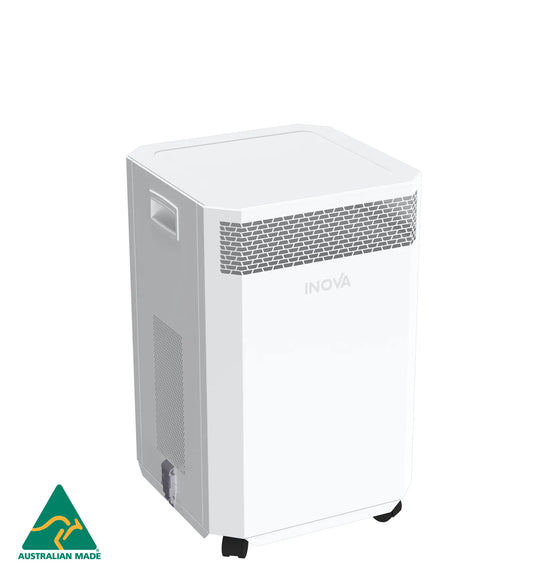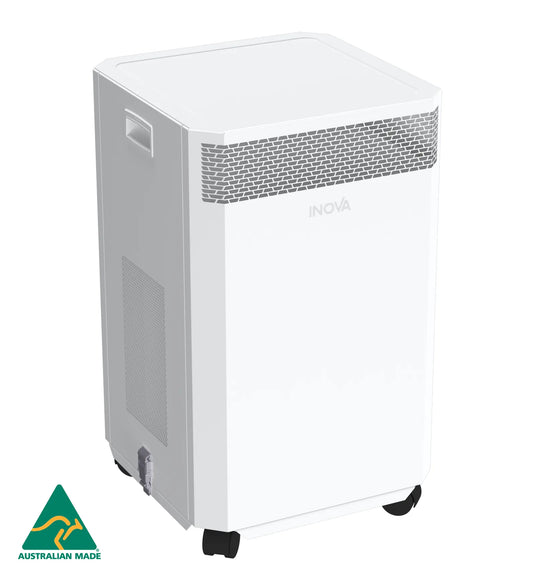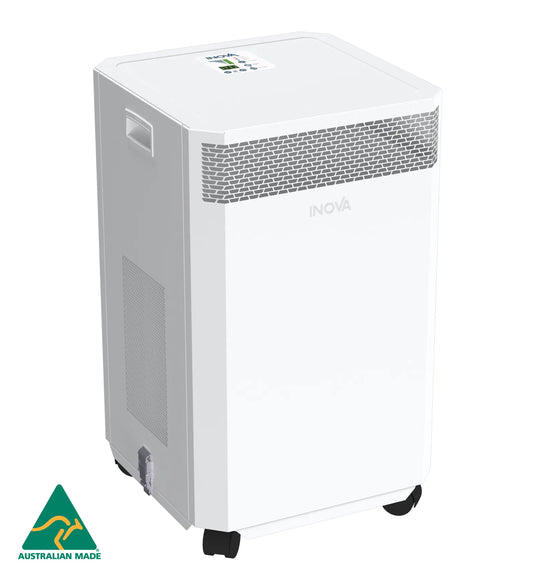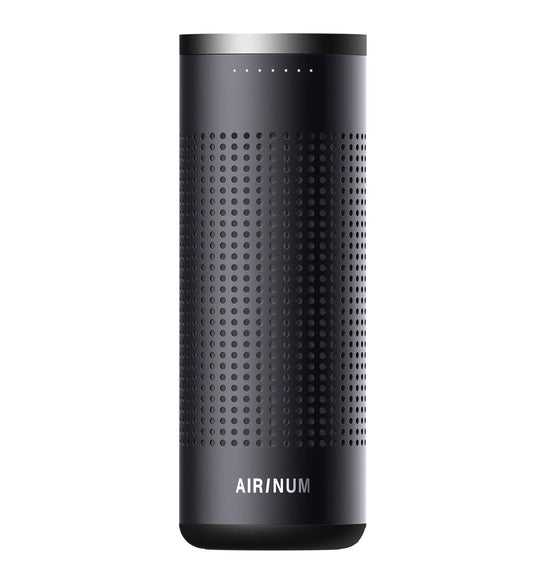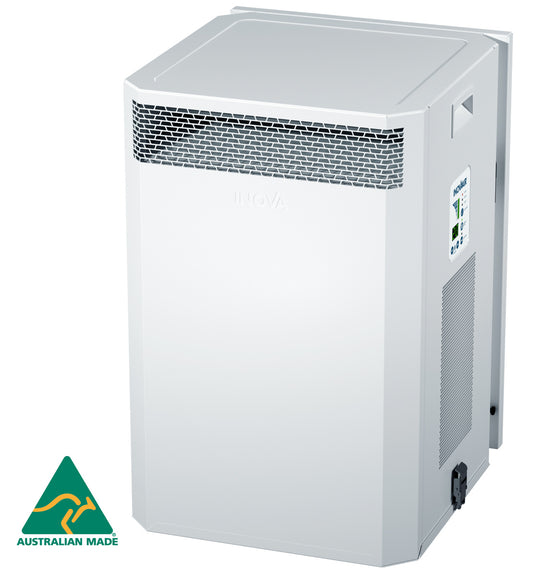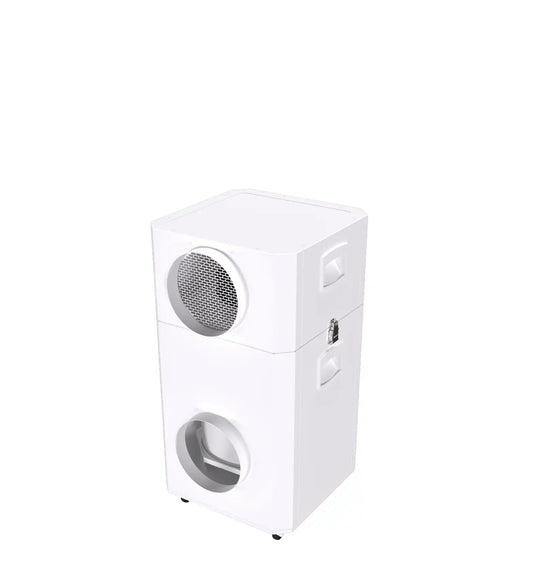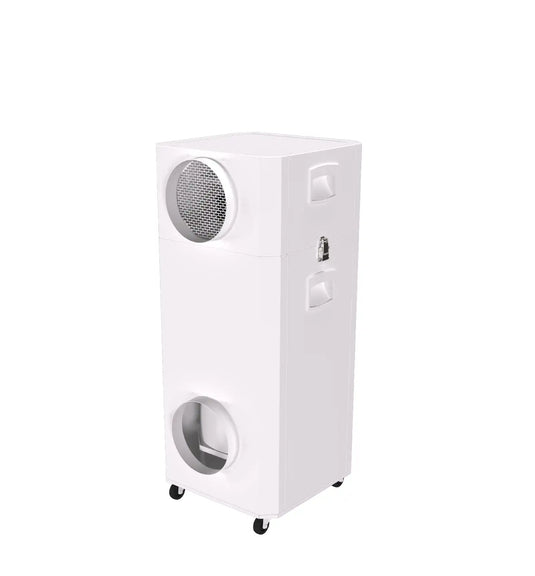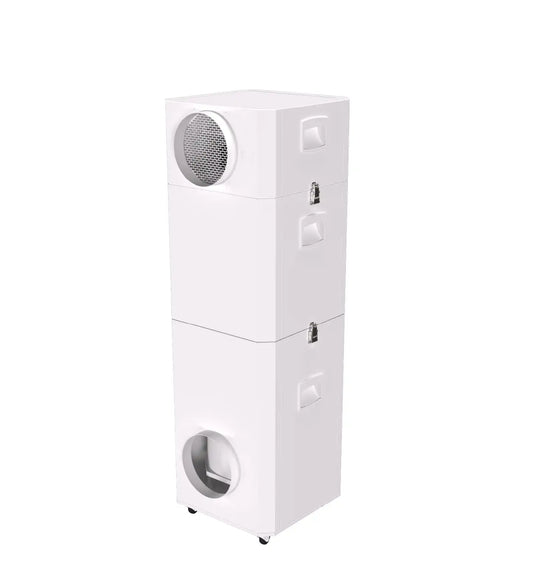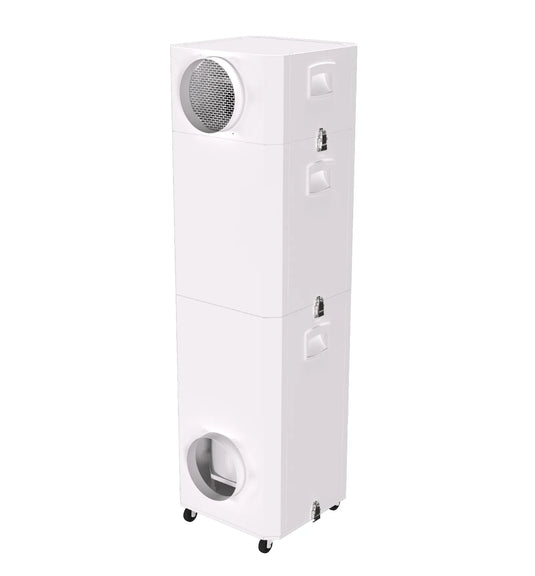What Are VOCs - and Why Should You Care?
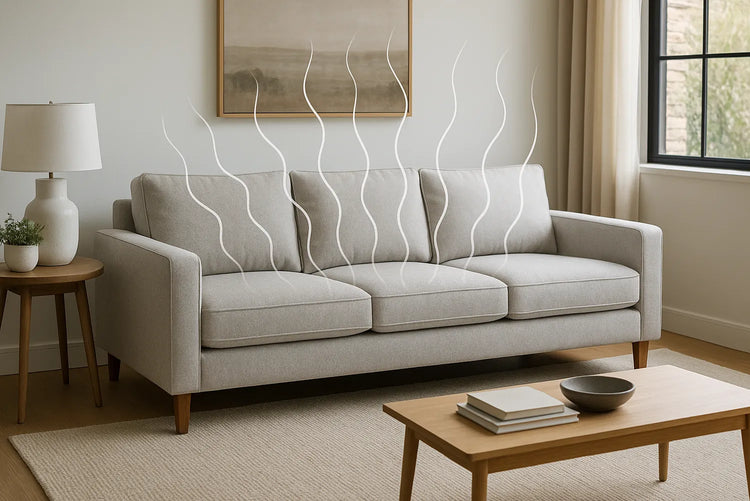
You've probably noticed a strong "new paint smell," a plastic scent from new furniture, or a sharp chemical odour from household cleaners. That nice aroma? It's a warning sign—volatile organic compounds, or VOCs, are being released into your indoor air.
1. VOCs, Unmasked
VOCs—short for volatile organic compounds—are carbon-based chemicals that evaporate readily at room temperature. They're found in thousands of everyday products—from paints, varnishes, and sealants, to adhesives, cleaning agents, air fresheners, and even new carpets and electronics. Indoor VOC levels can exceed outdoor levels by two to five times, even up to ten times more. A key VOC you should be aware of is formaldehyde, which is commonly released from pressed wood products (like MDF and particleboard), new textiles, and some insulation materials.
2. Health & Environmental Impacts
Exposure to VOCs has been linked to symptoms such as nose and throat irritation, headaches, dizziness, nausea, and respiratory discomfort. In the long term, certain VOCs are associated with liver, kidney, and central nervous system damage, and even cancer risk. VOCs also contribute to indoor pollution and off‑gassing well after a product is installed or applied.
3. How Air Purifiers Help
Traditional HEPA filters capture particulate pollution, but VOCs are gases—and require different tech. Effective VOC removal relies on high-capacity activated carbon filters that capture and trap these gas molecules.
Look for air purifiers with high levels of activated carbon—devices like the INOVA E20 or INOVA DE20 air purifiers, each utilises a 6kg activated carbon filter that can eliminate many VOCs efficiently.
Why This Matters to INOVA Customers
-
Building projects & renovations: New paint, flooring, cabinetry, and adhesives are top indoor VOC sources—using low‑VOC materials can greatly reduce emissions.
-
Everyday living: Household cleaners, air fresheners, and new furniture emit VOCs—air purifiers can help remove any residual gases.
- Health‑sensitive environments: Schools, offices, nurseries, and healthcare settings benefit from both low‑VOC products and VOC‑targeting air purification.
Smart Strategies for Cleaner Indoor Air
| Strategy | How It Works |
|---|---|
| Source Control | Use low‑ or no‑VOC products for painting, cleaning, and building materials to minimise emissions from the start. |
| Ventilation | Open windows, run exhaust fans, and allow fresh air after applying adhesives or paint. |
| Air Purification | Use air purifiers equipped with high-capacity activated carbon + HEPA to capture both gases and fine particles. |
In Summary
Volatile Organic Compounds are hidden gases emitted by countless household and building materials—and they pose both immediate and long‑term health risks.
At INOVA, we understand that thorough protection means targeting not just particulates, but also gas-phase pollutants. Pairing low‑VOC materials with a VOC-capable air purifier is your best defence for healthy, clean indoor environments.
Please contact us if you'd like tailored product guidance or help choosing the right INOVA model or carbon filter setup for VOC removal.
For more information on what INOVA air purifiers can remove from the air, please visit this page.

